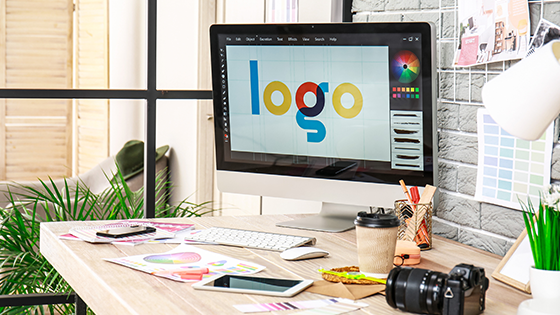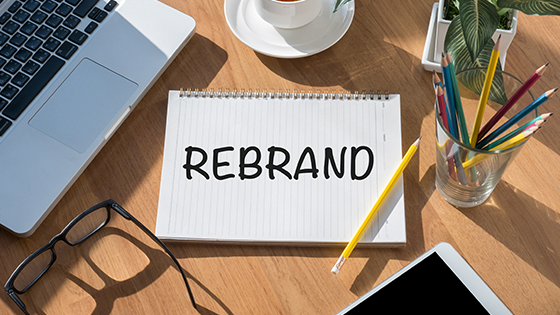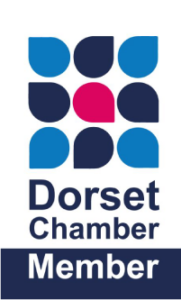If you’re rebranding your business, you’ve probably already done some research and know what to expect. However, there’s no worse feeling than putting your plan into action and finding out that it was all for nothing. You want to make sure that everything goes smoothly – so let’s talk about how to rebrand your business the right way.

Dive into discovery and research
The first step in the process of rebranding is to analyse your business as it is now. You need to know where you’ve been, where you are, and where you want to go. In order for this process to be successful, it’s important that all stakeholders are involved early on so that everyone is on the same page about what success looks like.

Plan and set your goals
Before you begin, it’s also important to figure out what your goals are. You should have a clear idea of what success looks like to you and your business so that you can best plan for it. What kind of goals do you want to set?
- Do they need to be measurable? If not, how will you know when they’ve been met?
- Are they realistic enough that they don’t seem impossible but also challenging enough so that they’re motivating and exciting?
Once you’ve decided on the right way to set your goals, put them down on paper—and then use them as a guide throughout the rest of this process.

Create the content
To rebrand your business successfully, you need to understand who your audience is. You should know exactly what they want and how they want it delivered. If you don’t, no amount of content will do the trick. The first step in creating great content is knowing what works for your audience before starting a project related to rebranding.
That being said, there are some general things all businesses should work on when creating any kind of content:
- Make sure it’s easy-to-read and understand. That means avoiding jargon where possible (or at least making sure that whoever reads it understands what the jargon means).
- Make sure it’s relevant. The more relevant something feels for an audience member, the more likely he or she will be willing to spend time interacting with it — whether that interaction takes place in person or online via social media platforms such as Facebook or Twitter.

Design and develop
Design is the most important part of the process, because it’s what sets your new brand apart from the competition. You’ll want to hire someone who knows how to use colour and images in an effective way, but also someone who can understand what you’re trying to say with your company’s new image.
If you’re not happy with the design, don’t hesitate to tell them! You don’t want them making assumptions about what you want based on their interpretation of your needs. It’s better for everyone involved if they know exactly what your goals are so they can create something that fits perfectly with those objectives. In this process, don’t forget about web design too!

Market your new brand
You’ve finally rebranded your business and are ready to start marketing your new look. But before you do, make sure you have a plan in place for how you will market your business. Marketing can be expensive—so, it’s important to consider how much value each form of marketing is going to bring back in return (i.e., what kind of leads it brings).
So, what does it mean to market a brand? It’s not just about telling people who you are; it’s also about showing them through experience and consistency over time. In other words, an effective marketing strategy involves more than just putting up flyers around town or buying Facebook ads; instead, think about ways that will help build trust with customers so they feel comfortable doing business with you again and again—and refer their friends too!

What kind of outcomes can you expect?
Rebranding is a process with many moving parts. Here’s what you can expect from your rebranding project, from beginning to end:

- A new brand identity
Rebranding is not only about updating your logo and colour palette; it also involves creating a consistent look, feel and voice across all of your marketing materials. This way, customers will recognise the brand even if they see only one piece of marketing collateral. The most successful brands are those that have mastered this concept—think Coca-Cola’s “Open happiness” or Apple’s minimalist approach to packaging design.
- A fresh new look and feel
The visual elements of these two concepts go hand in hand—if you’re going for a cohesive look across all platforms (website included), then it helps if they start out looking similar as well. Whether it’s changing colours or fonts or adding more geometric shapes, there’s plenty to play around with here—and if nothing else works out quite right yet, don’t fret! There’s still time for more tweaks before launch day rolls around again next year.
- A new logo
While some companies choose to keep their existing logos while they’re refreshing other elements of their brand identity, others prefer to start from scratch altogether. If you go this route, make sure it’s something that works well with the other components. If your new logo is more geometric and modern, for example, it may clash if you pair it with a font that’s more old-fashioned or script-like. If your branding efforts are going to include a new tagline as well (which can be a great way to sum up what your company does in one sentence), make sure the two work together as well!




